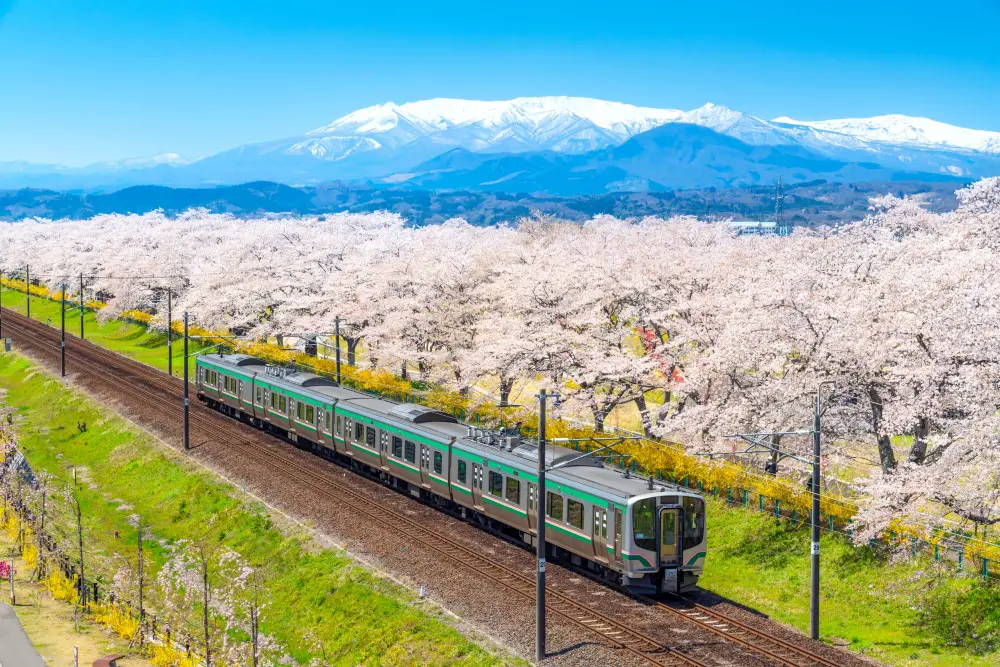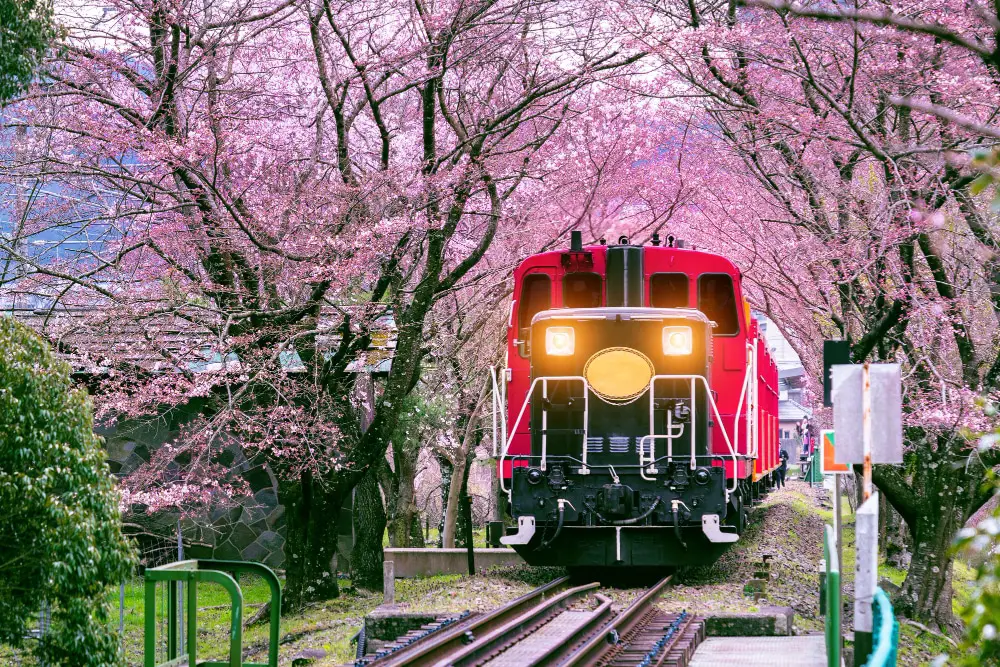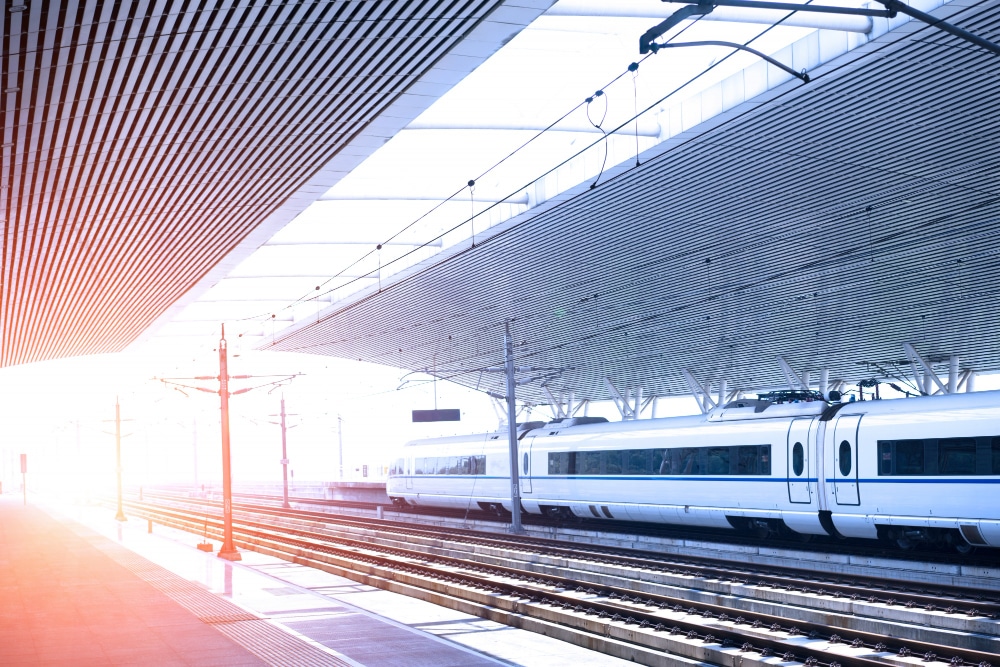We’ve all seen trains going forward through on the tracks, but have you ever thought to yourself, “why do trains go backwards?“ Well, trains have to move back if they need to couple and uncouple the cars Also, it can be difficult for a train to turn around which is why some trains have multiple engines to go backward.

Have you ever caught yourself stuck in a crossing because the train suddenly thought of moving backward?
Although it may look awkward, trains move back because of various reasons. In some cases, you may also find that the trains are doing a backward and forward motion for a long time.
So why do trains go backwards and forward again?
Let’s discuss it below.
Why Do Trains Go Backwards?
When you’re seeing a train doing a backward and forward motion, it can be occupying a crossing. There are various reasons when a train can occupy a crossing and stop on its tracks.
The train may be servicing its customers, it may help build or respond to specific track conditions, or it may be experiencing some operational or mechanical issues. In certain cases, the train may also stop when there are regulated crew changes or mandatory safety inspections.
There are also instances when a train needs to switch its operations which involves transferring cars to a different train. For freight with local customers that are served by the railroad, you may see them picking up or dropping off goods.
Why Do Trains Go Backwards and Forward Again?
You may see a train going backward and forward again when it’s doing switching maneuvers. Although, it may be difficult to see when the train is long or moves around on curving tracks.
Switching maneuvers in trains is when a train goes back into one track to couple or uncouple the rear cars. The train then moves forward and stops to allow the crew to switch the tracks behind the train. The train then can go back again to couple or uncouple the rear cars.
Doing these same movements allow the train to switch to different tracks and sort out the cars that it needs before traveling.
There are various reasons why it’s necessary for some freight trains to do switching maneuvers.
Reasons can include:
- Some cars need to go on a different track to be coupled with a different train that is going to a different location.
- The cars need to be assorted into an order.
- Some of the cars need to go to the same block or town that is available for a different train.
- Cars that are carrying flammable items need to be moved a couple of cars away from other occupied cars.
If you see a train going backward that is not switching yards, then it must be servicing some warehouse or industry that is rail-served.

How Does a Train Go Backward?
Don’t be surprised if you see passenger trains going backward. Modern electric and diesel-electric locomotives can go either direction without any problem. This is because the wheels are designed with traction motors that go in both directions.
Most trains nowadays are equipped with a reverser lever located inside the locomotive cab. This allows the conductor to move the train forward, backward, or stay neutral.
Take note that the reverser lever is removable. Once it’s removed, the locomotive will not run. Consider it as the “key” to the train engine.
Steam locomotives also have the capability to run backward because they also have a reverser handle. Most diesel locomotives’ reverser handles have an “F” or “R” letter on them which stands for “forward” or “reverse”.
The Downsides to a Train Moving Backward
Moving a train backward is not an easy feat. Considering that locomotive cabs are designed to only move forward which means that there’s no window on the backside of the locomotive.
If the train has to reverse, the conductor needs to look over their shoulder through the side window. However, this also only offers limited visibility because of how the locomotive is built and the cars behind it.
During this operation, a crew member has to be standing on the backside of the train to help instruct the conductor. They may radio or call out the conductor whenever there’s an obstacle or when to slow down or stop.
Previously, when trains had cabooses, a crew member had to be positioned on the rear platform located in the caboose. This is where they provide a signal to the conductor on what to do next.
Today, there’s a step or ladder beside a freight car where a crew member can position himself to provide a signal for the conductor. They may also stand on the ground while doing the same function. Both of these instances can be very dangerous for the crew member, especially under poor weather conditions.

Long Distance Backward Movement
If the train needs to do a long-distance backward movement, the train needs to be stopped to detach the locomotives. The crew will then detach the locomotive and place it on the rear side of the train. This will create a new “front” and will start moving in the (previously) opposite direction.
This is one of the reasons why many trains have multiple locomotives that will face the opposite direction. This will save the crew their time and effort when traveling.
For passenger cars, many trains now have a specialized passenger car on the rear side of the train. This car has a special compartment equipped with controls to use when “pushing” the train.
Conclusion – Why Do Trains Go Backwards?
Trains can go backwards when they need to couple or uncouple rear cars. Sometimes, they also need to service local businesses or warehouses that are near railroads.
Both freight and passenger trains can go backward with the help of crew members or a reverse lever for easier traveling.

